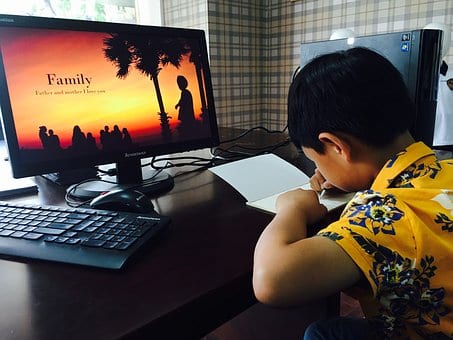
Learning Climate Creation to Foster Student Success
Learning Climate Creation for positive outcomes. If education is what we want, then we ought to evaluate the process of learning as much as the result of knowledge. By nature, people enjoy activities where there is no point either psychological or emotional. Learning progresses in a climate where people feel cared for and feel safe.
Learning Climate Creation Student Environment
In a learning environment where all coercion to learn is stopped psychologists learned in a different way than those who were in a coercion environment. The student said they were not disruptive because they felt cared for in the classroom.
Learning Climate Creation Hawthorne Effect
This idea of extending a caring interest to a student with whom we work was first noted in a classic study known as the "Hawthorne Effect." It was a study that was initiated in the late 1920s at Western Electric's Hawthorne plant in Chicago. Researchers went into the factory to see if, by increasing room lighting for a group of employees, the productivity would increase. Improvements did seem to increase worker output. But much to their shock, when the researchers analyzed a comparable group with no change in the lighting, the productivity also improved.
Learning Climate Creation Productivity
Another study and analysis of this unique result showed that productivity increased because the workers were delighted that bosses were showing some concern for them. The very fact that workers knew they were receiving attention motivated them to try to improve. The workers felt that management cared about them and that they were valued. In similar situations, a young person who feels appreciated by an adult receives the benefit of the Hawthorne Effect.
People have difficulty comprehending that someone cares for them with coercion. W. Edwards Deming, was an American who showed Japan in the post World War II years how to improve quality, demonstrated this idea. The main principles of work were to "Drive out fear." When Demings used little coercion and showed that performance motivation, quality, and productivity are best achieved this way.
Learning Climate Creation Belonging
Humans want a feeling of belonging. In a classroom where relationships are forced student often are disruptive. They feel uncomfortable and become adversarial in their relationships. On the other hand, when there is a positive relationship between students, there are no benefits for a student to be disruptive.
There are numerous kinds of relationships as there are people in the world. Voluntary associations are shown to have the most positive benefits. Unfortunately, classroom relationships are involuntary. Students are mostly captive in homeschool situations in their classes and the relationships between parents and learner, are not chosen. A classroom promoting positive learning is one where good relations exist between teacher and student and among students themselves. In these classrooms where students feel emotionally and psychologically safe, involuntary relationships become voluntary ones. The reason is that students want to be there.
Learning Climate Creation Summary
Bullying, threats, forcing, punishing, bribing, manipulating, blaming, complaining, putting down, nagging, and badgering. We rarely use these coercive tactics with our friends. Coercion is not useful in influencing others when promoting positive relationships.
Motivation is optimal when coercion is at a minimum, and a trusting, caring climate is at the maximum. Most involuntary relationships become voluntary when people are where they like to be. Learning is positive in a caring type of climate.








